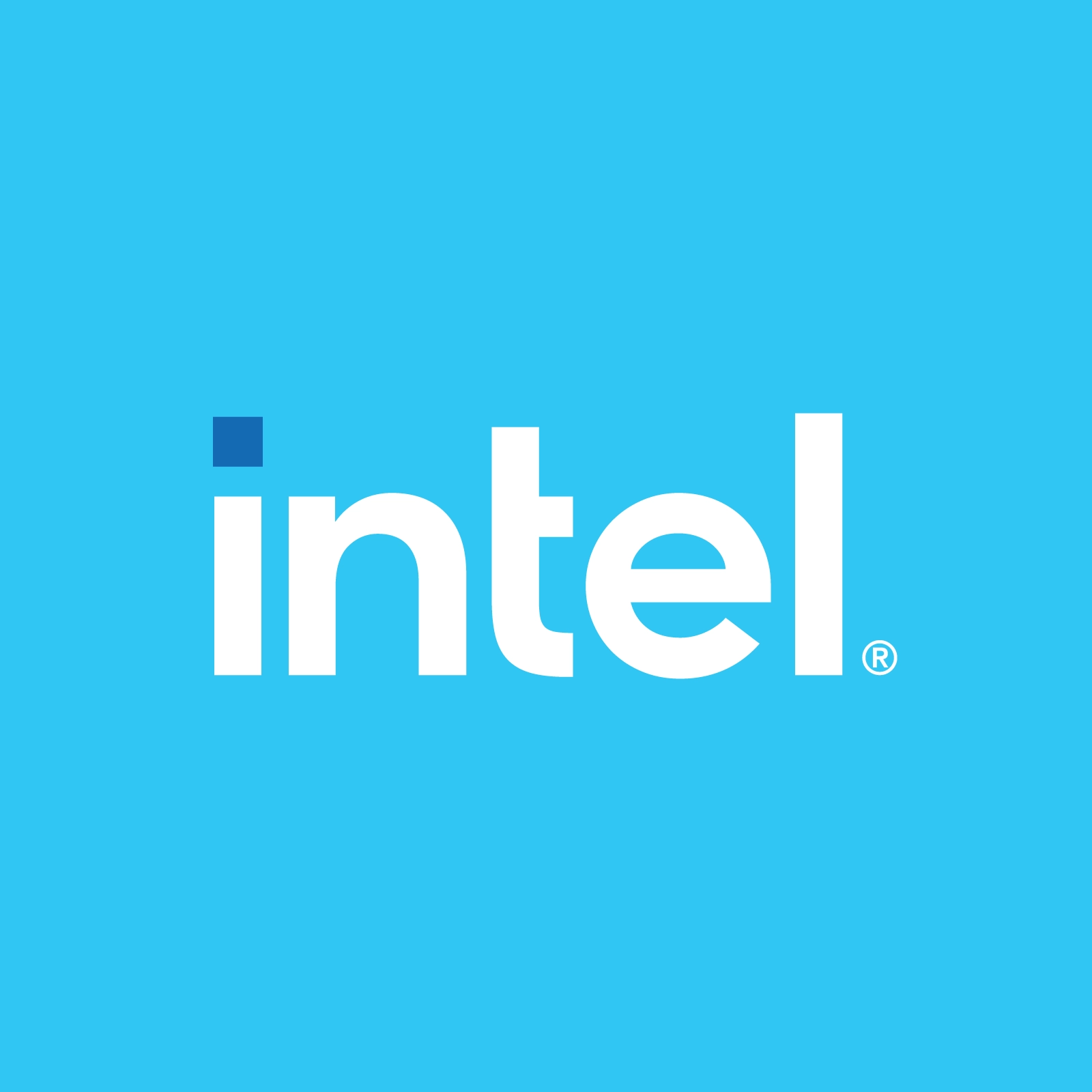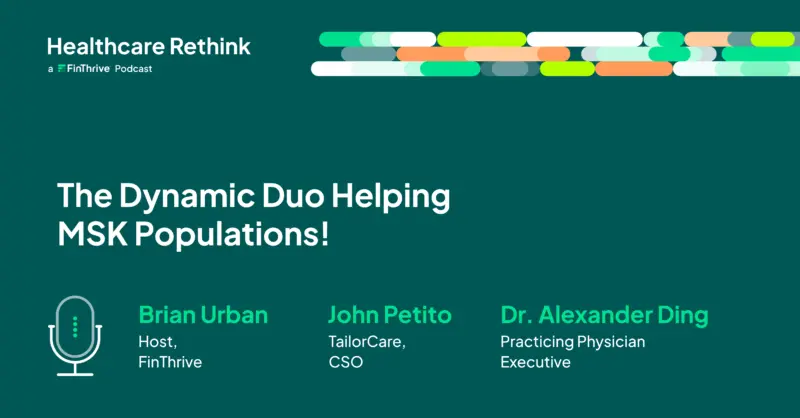Telehealth — Changing How Healthcare is Delivered
The demand created by the pandemic for healthcare that could be delivered outside traditional office settings has resulted in the widespread adoption of Telehealth and challenged software and infrastructure providers to address key issues related to its delivery. “We’ve been promoting Telehealth for many years,” says Wendy Bohner, “but it took the pandemic for it to become mainstream – to become the new normal.”
According to Andrew Lamkin, Telehealth is not only efficient and effective, but popular as well. “Patients and doctors are liking it,” Andrew Lampkin says. “It is easier to get the care they need and clinicians are providing satisfactory levels of follow-up care. It’s really a good fit.”
Some of the additional benefits provided by Telehealth include:
- Lower cost alternative: According to the American Medical Association and Wellness Council of America, “…almost 75% of all doctor, urgent care, and ER visits are either unnecessary or could be handled safely and effectively over the phone or video.”
- Better utilization of clinical staff: Telehealth can free clinicians from day-to-day tasks and enable them to focus on skills they are uniquely equipped to provide.
- Improved service experience: ability to diagnose and treat a patient virtually as compared to having the patient onsite in a waiting room for periods of time.
Some of the challenges of delivering remote care include:
- Ensuring that adding Telehealth to clinicians’ workflows doesn’t make it harder for them to accomplish their jobs. “We can’t have silos,” Bohner says. “The elements need to be connected and carefully integrated so clinicians can be focused on their patients.”
- Helping clinicians recognize visual cues while interacting with patients via video. Data analytics is starting to address this issue by spotting abnormalities and inconsistencies in patient behavior.
- Ensuring that Telehealth solutions are reliable, secure, and scalable.
Intel is collaborating with the health ecosystem to address the challenges inherent in the delivery of Telehealth “So much of this starts with software,” says Lamkin. “We wanted to make sure that Intel’s array of software was available in pre-packaged, ready-to-use form that was right for getting started quickly with Telehealth.”
Both Bohner and Lamkin agree that the benefits of Telehealth far outweigh the challenges and encourage healthcare providers to look into making it part of their services. “Healthcare providers need to take advantage of these technologies because we can help patients stay healthy,” Bohner said. “Patient care can be delivered efficiently and effectively using remote technologies.”
To learn more, visit the Intel telehealth site at https://www.intel.com/content/www/us/en/healthcare-it/telemedicine.html and access the Intel Telehealth Remote Monitoring Reference Implementation here for prototyping. Wendy Bohner and Andrew Lamkin welcome feedback and communication via LinkedIn.
Subscribe to this channel on Apple Podcasts, Spotify, or Google Podcasts to hear more from the Intel Internet of Things Group.



